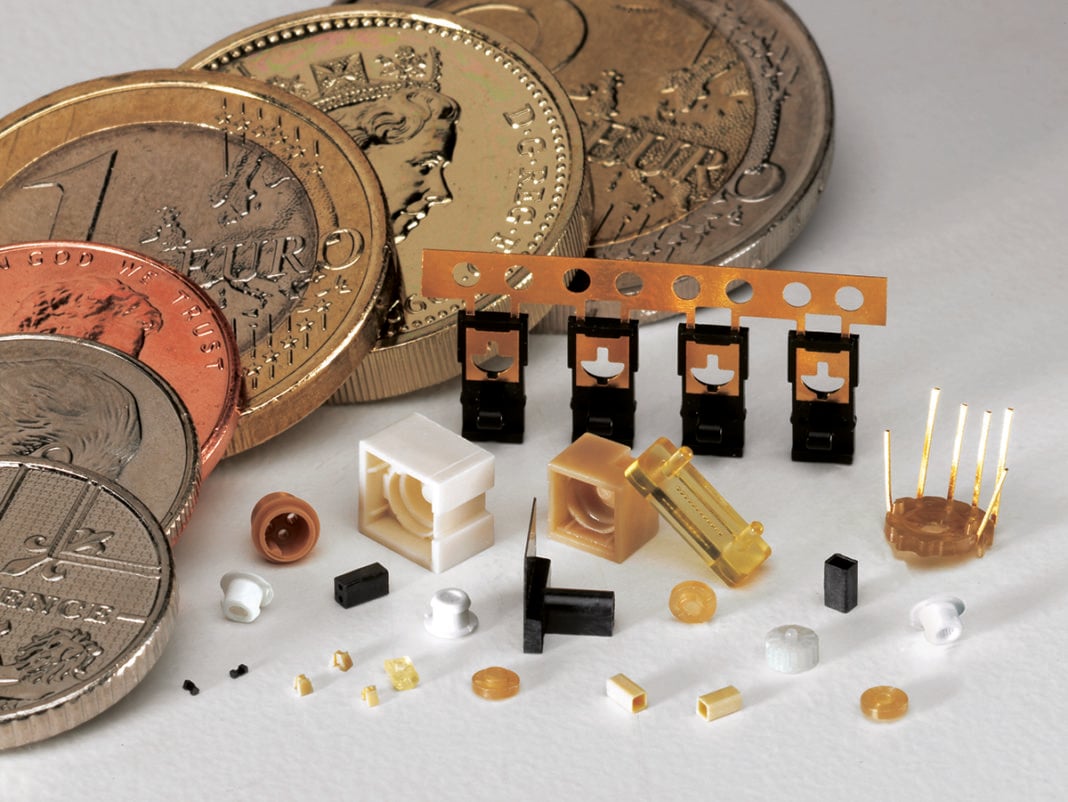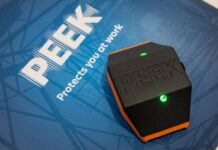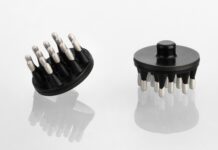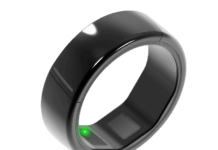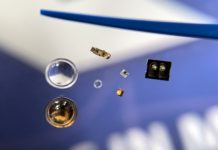The Smaller the Better
The wearable technology sector is a burgeoning area and is consistently looking to develop more and more sophisticated functionality of devices in smaller and smaller footprints. It is no surprise then, the smaller the better, is often the goal. The challenges of miniaturization in design and manufacturing can sometimes be the roadblock to what is otherwise a great idea. To push past and be successful might take a solution you were not expecting or even knew existed. Accumold, micro molding is a key enabling technology that facilitates such miniaturization. But while micro molding is at its heart injection molding, it is not just scaled down macro molding.
Many companies do not have innovators that can produce small scale parts, small features on larger parts, or achieve micron-level tolerances in their existing supply chains, so tend to abandon projects that look too challenging.
What they are unaware of is the fact that there exist a few companies that excel in micro molding that can overcome perceived roadblocks and which as true product development partners can actually realize the manufacture of what some customers perceive as impossible.
Micro molders that can repeatably achieve extremely exacting tolerances are invariably vertically integrated (having micro design, tooling, molding, validation, and automated assembly under one roof). In this context, micro molding is a specialist disruptive technology, but its success is entirely dependent on the expertise and experience of teams working in each stage of product development, and all working on a micro molding project ideally from the conceptual design stage.
Micro molding is routinely capable of producing high volumes of parts and components measuring under 1 mm in size, with zero failure rates and attaining single digit micron tolerances. Micro molding is also used to produce micro features on larger parts such as thin-wall sections or the channels molded in microfluidic devices common in wearables. Such complex features require the experience of all not just the micro molder, but also the micro tooling team, materials experts, and — on the basis that if you cannot measure it you cannot make it — the quality management team.
In respect of wearables, micro molding is ideally suited to connectors, housings, switches, micro-optics or other parts with micro-sized geometries needed to add functionality to any tiny part. Very often such components are critical to the success or failure of the end-use wearable device, and as such demand that your chosen micro molder is engaged early and you enter in to a strategic and collaborative partnership relationship. By so doing, your micro molded parts will be right first time, saving you valuable cost and time in your product development project.












